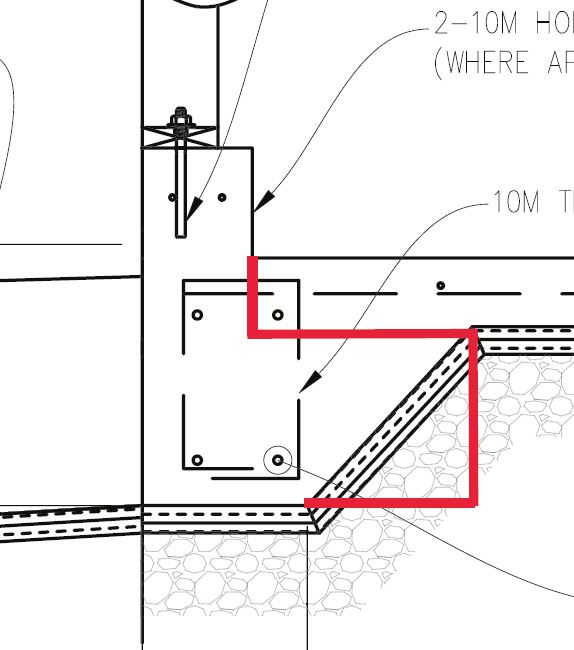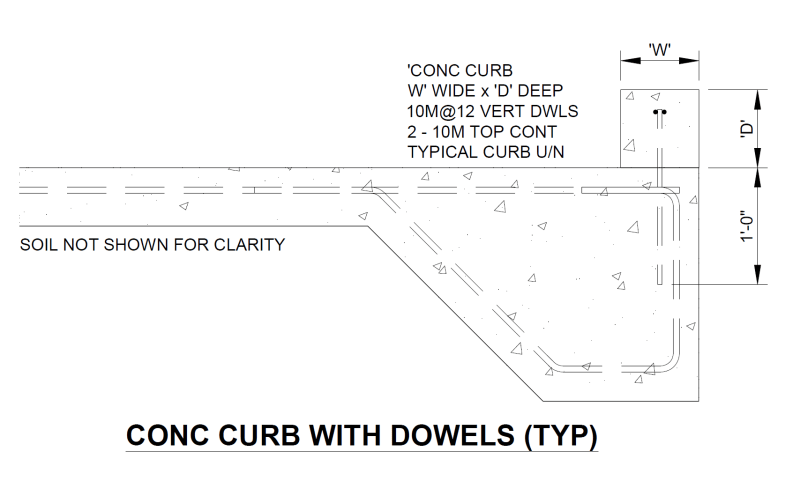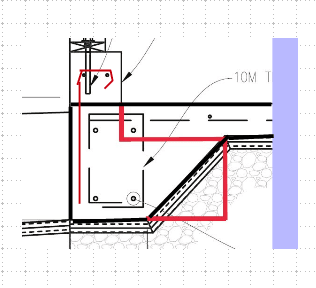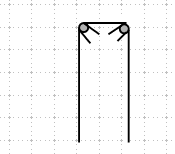We typically specify a monolithic pour for a slab on grade with a thickened edge, but we have a contractor requesting to construct it in two pours, with the slab resting on the footing. This is for a small garage. I don't see any issues with doing it this way, and it may in fact be better for cracking. Am I missing anything that may be an issue?





